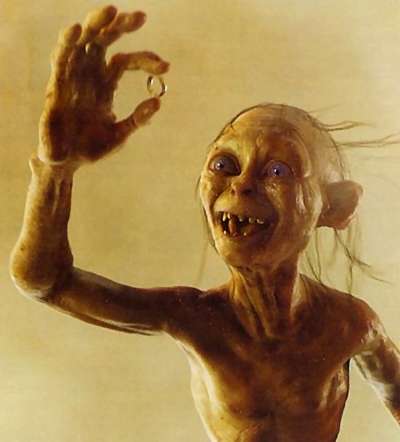With the Godzilla reboot out this week, I’ve realized there hasn’t been much backlash against the franchise hero, which is the standard response when a beloved character rises from torpor. There was one story about Godzilla’s noticeable weight gain, but otherwise that lovable lizard has been welcomed back with open arms. It’s surprising because a rebooted franchise or film adaptation usually can’t make it through pre-production without people all over the world collectively spewing bile. People are precious about the stories they love, with most believing that a film adaptation will be the visual equivalent of a movie they’ve been seeing in their heads, however, adaptations and reboots are opportunities to explore old favorites in new ways. Instead of assuming that the differences immediately detract from the story, the adaptation should be judged on its own merits.
We live in a time of armchair criticism – hell, my lazy boy is due for an upgrade – and there is a deluge of voices hoping that the loudest will win. So it’s understandable that news of casting decisions and set photos get picked apart like antelope carcasses in a lion’s den. But while in the thrall of our geeking out and pseudo-criticisms, we miss the forest for the trees. We direct laser focus on deal-breaking details of the latest comic book adaptation and forget that it’s a comic book adaptation. When Idris Elba was cast as Heimdall in the Thor movies, mouth-breathers everywhere freaked out because he’s black. And wasn’t he just terrible… Four years later, we’re dealing with the same idiots complaining about Michael B. Jordan’s casting as The Human Torch in the upcoming Fantastic Four reboot. I’m not sure what the issue is here. I’ve heard the transparently racist arguments about character fidelity, but those making this argument should shut up and count themselves lucky that actors of this caliber are signing on for these movies. My point here isn’t to just rail on ignorant blockheads. Though they deserve it. My point is that getting caught up in the minutiae ruins the experience.
You might say, “Getting caught up in the minutiae is the experience.” This idea isn’t without merit. What would we talk about if we didn’t pounce on unsuspecting casting choices? The problem is that when we value these small quibbles so highly we become cynical, and cynicism prevents us from appreciating the things for which we should be excited. Adaptations are exciting. Granted, some adaptations – particularly adaptations of popular comics and cartoons – are obvious cash grabs wherein production companies wring every bit of marketability out of an existing property. But there is a mounting anticipation to see how a director will change a story to suit the screen.


Snyder takes a chance here because the original ending wouldn’t have played as well on screen in 2009 as it did on the page in 1987. Chances have to taken to gain something. This isn’t just about the decisions of filmmakers. It’s about fans and critics not being precious about stories, and maintaining the ability to objectively criticize whether a movie succeeds as a movie. Directly related to this is the oft-repeated, tired litany, “The book is better than the movie.” Sometimes it is, sometimes not. Again, success is at the center of the argument. We can judge the film adaptation by how well it tells the story of its source material, or by how well it takes a story that is from another medium and makes it work on screen.
For example, The Hunger Games was extremely faithful to its source. (Also, another movie where ignorant people complained about casting choices because of race.) Having read the book before seeing the movie, I was a bit bored, mentally checking off each plot point and conversation as they happened. All in all, it was a fine movie version of a book I liked, though I’ll never watch it again. There is, however, one part of the movie that just didn’t work at all. (Spoilers ahead.) In the end of the book, the few remaining tributes are attacked by what are ostensibly just wild dogs, but the animals are actually mutations of the dead tributes. In the book it works well because the story is told from Katniss’s point of view. As such, she describes the horror upon realizing what the beasts are, and the moment is another effective example of the the power the Capitol has. In the movie, the scene doesn’t pack quite the same punch. We are told who the animals are and are meant to recognize them. But they just don’t resemble the characters that much. Not to mention these are characters we didn’t really know beyond one or two recognizable faces. So it’s hard to relate to Katniss’s horror in the scene. It may have been a better choice to change the dogs into something else. Hell, zombies might have worked better. Although a tired cliché, at least they would have been recognizable and the point would have been driven home.
Fidelity to the source isn’t necessarily the ticket to success. When there is a change in medium, adjustments have to be made to effectively tell a story, even if it’s not exactly the same.

